#NativePlanting
Explore tagged Tumblr posts
Text
Cultivating Ecosystem Harmony: The Best Flowers to Plant for Insects and the Environment Shaina Tranquilino April 6, 2024

In a world where biodiversity is increasingly threatened, every little action to support our ecosystems counts. One powerful way to make a positive impact is by planting flowers that not only beautify our surroundings but also serve as vital resources for insects and other creatures. As we delve into the realm of gardening, let's explore some of the best flowers to plant to foster a thriving ecosystem.
Understanding the Importance of Planting for Insects
Insects play a crucial role in maintaining ecological balance. They pollinate plants, decompose organic matter, and serve as a vital food source for various animals. However, habitat loss and pesticide use have led to a decline in insect populations worldwide. By choosing the right flowers for our gardens, we can provide essential resources for these beneficial insects, helping to sustain their populations and support overall biodiversity.
Top Flowers for Supporting Insects and the Environment
Lavender: Loved for its fragrant blooms and drought tolerance, lavender is a favourite among gardeners and insects alike. Bees are particularly drawn to its nectar-rich flowers, making it a valuable plant for pollinator gardens. Additionally, its aromatic foliage repels pests like mosquitoes and moths.
Sunflowers: With their towering stems and vibrant blooms, sunflowers are not only a sight to behold but also a magnet for pollinators. Bees, butterflies, and even birds flock to these cheerful flowers to collect nectar and seeds. Opt for native varieties to provide the most benefit to local wildlife.
Wild Bergamot (Bee Balm): As the name suggests, bee balm is a bee favourite, attracting a variety of pollinators with its colourful blooms. This native perennial not only adds beauty to the garden but also provides a valuable food source for bees and butterflies throughout the summer months.
Goldenrod: Often unfairly blamed for causing allergies (it's actually ragweed that's the culprit), goldenrod is a powerhouse of nectar for bees, butterflies, and other pollinators. Its bright yellow flowers light up the late summer and early fall landscape while supporting diverse insect populations.
Echinacea (Coneflowers): Coneflowers, with their distinctive spiky centers and daisy-like petals, are not only visually striking but also highly attractive to bees and butterflies. Their sturdy stems and long-lasting blooms make them a low-maintenance addition to any garden.
Milkweed: No list of insect-friendly flowers would be complete without milkweed. As the sole host plant for monarch butterfly larvae, milkweed is essential for supporting declining monarch populations. Planting milkweed provides a critical habitat for monarchs to lay their eggs and nourishes caterpillars as they undergo metamorphosis.
Yarrow: Yarrow's flat-topped clusters of tiny flowers are a favourite among pollinators, including bees, butterflies, and beneficial wasps. This drought-tolerant perennial is easy to grow and adds a delicate beauty to gardens while supporting local insect populations.
Tips for Creating an Insect-Friendly Garden
Choose Native Plants: Native plants are adapted to the local environment and provide the best resources for native insects. Research native species in your area and incorporate them into your garden.
Plant a Variety of Flowers: Different insects have different preferences, so aim for a diverse selection of flowers that bloom at different times throughout the growing season. This ensures a steady supply of nectar and pollen for pollinators.
Avoid Pesticides: Pesticides can harm beneficial insects along with pests. Instead of relying on chemicals, practice natural pest control methods and encourage a healthy balance of predators and prey in your garden.
Provide Shelter and Water: In addition to flowers, consider including other elements in your garden, such as shrubs, trees, and water features, to provide shelter, nesting sites, and sources of hydration for insects.
By planting flowers that support insects and the environment, we can contribute to the conservation of biodiversity and create havens of beauty and life in our own backyards. Whether you have a sprawling garden or a small balcony, every patch of green can make a difference in nurturing our precious ecosystems. Let's cultivate harmony with nature, one flower at a time.
#EcoFriendlyGardening#BiodiversityConservation#PollinatorGarden#InsectFriendlyFlowers#NativePlanting#GardenForWildlife#SaveTheBees#ButterflyHabitat#SustainableGardening#PlantForThePlanet#WildlifeHabitat#NaturalPestControl#GrowNative#GreenThumb#FlowerPower#GardenForNature#SupportLocalWildlife#HarmonyWithNature#BackyardHabitat#FlowersForInsects#GardeningTips#EcosystemSupport#InsectSanctuary#Flowers#ConservationGardening#BeesLoveFlowers#Flower#Plants#Garden
2 notes
·
View notes
Text
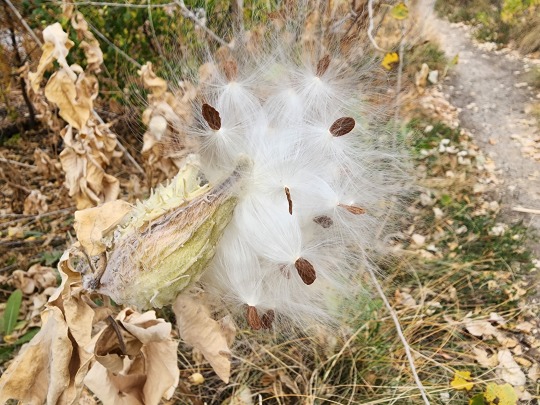
#Milkweed#SeedDispersal#NaturePhotography#BotanicalBeauty#NativePlants#FallNature#WildlifeConservation#MilkweedSeeds#PollinatorPlants#MissedMileMarkers
44 notes
·
View notes
Text

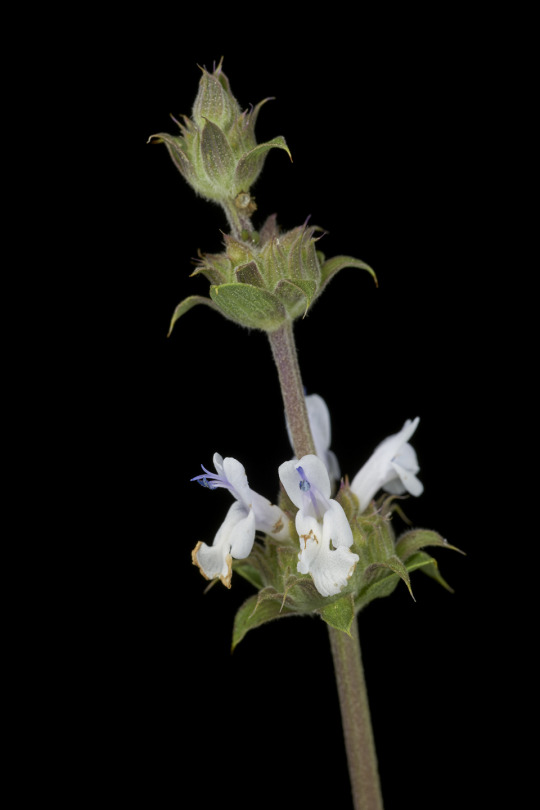
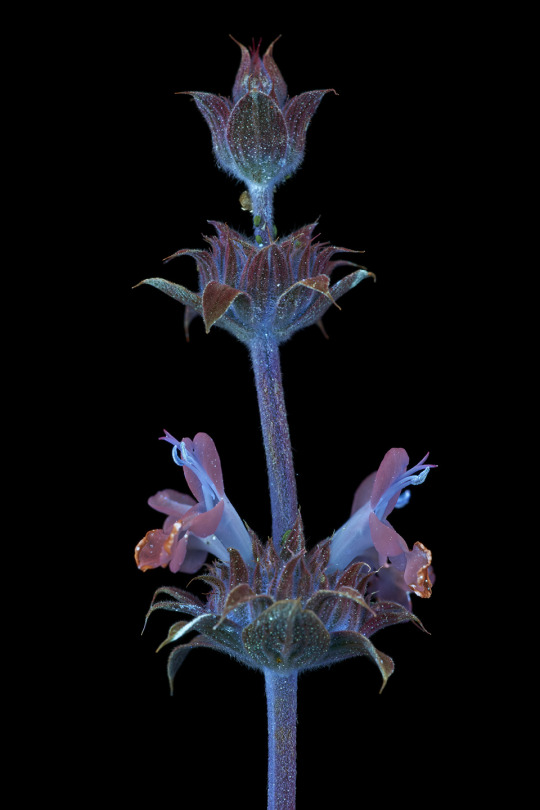
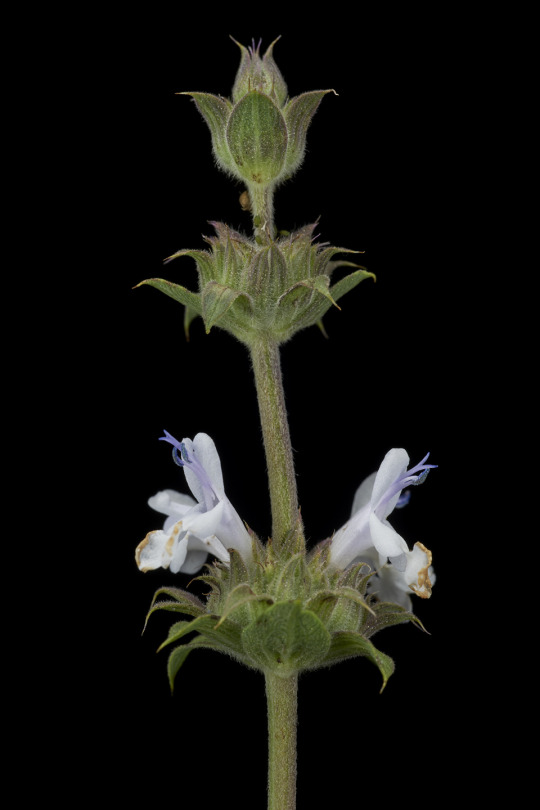

Salvia mellifera, black sage, is a perennial shrub in the mint/sage family native from central California down through the top of Baja California. It is part of the cast of plants present in coastal sage and chaparral habitat, thriving only in a specific range of rainfall in a mediterranean climate. The flowers host a variety of pollinators including butterflies, hummingbirds, and native bees and its seeds, like other Salvia species, are abundant and provide food for animals and birds. The fragrant leaves contain chemicals used by the Chumash to treat pain and a unique spicy honey is derived from the plant in the modern day.
123 notes
·
View notes
Text
Harvesting Amaranth seeds with a plastic bag.
61 notes
·
View notes
Text
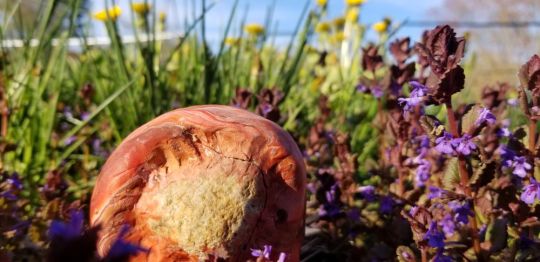
Afternoon sunshine in the meadow.
Dandelions (taraxacum oficinale), Creeping Charlie (Glechoma hederacea), and field grasses.
#golemarmada#sculpture#photography#clay#rock#stone#red#golem#pilgrim#meadow#grass#dandelion#flower#wildflower#farm#purple#green#spring#nativeplants
2 notes
·
View notes
Text
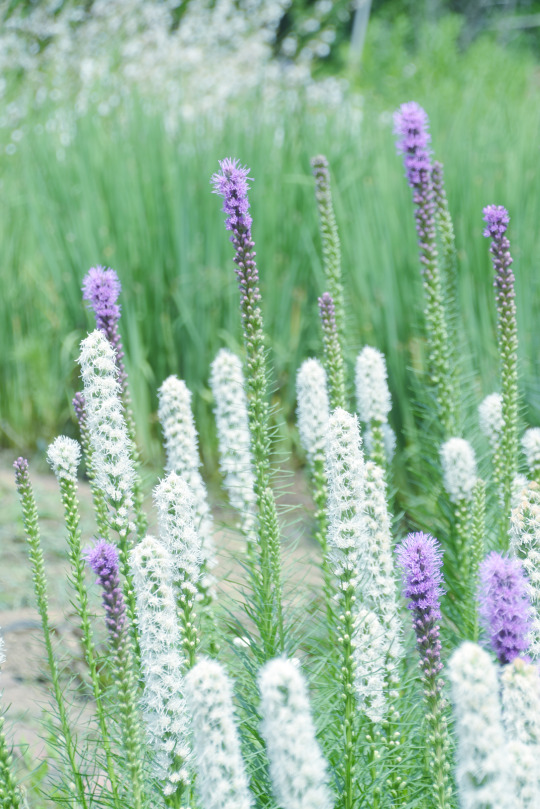
https://www.instagram.com/calmin.gram/
#liatrisspicata#blazingstar#gayfeather#denseblazingstar#densebuttonsnakeroot#marshblazingstar#sessileheadedblazingstar#snakeroot#perennialflower#nativeplant
3 notes
·
View notes
Photo
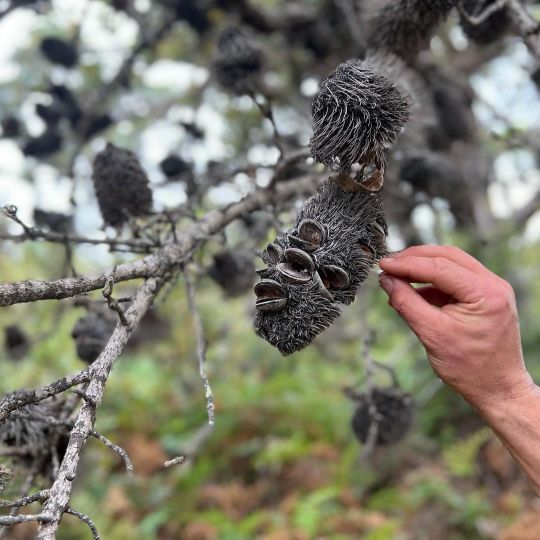
Banksia serrata, also known as Saw-tooth banksia, is an iconic plant. This evergreen tree can grow up to 15 metres tall and can be found along the eastern coast of Australia, from southern Queensland to Victoria. 🌳 Propagation of Banksia serrata is best achieved through seed germination, as cuttings have a low success rate. The plant prefers well-drained soil and full sun and can tolerate salt spray and moderate frost. 🌳 In terms of conservation status, Banksia serrata is listed as "Least Concern" by the International Union for Conservation of Nature (IUCN). However, habitat destruction due to urbanization and agriculture, as well as the impact of fire and disease, poses a threat to the survival of the species. 🌳 Banksia serrata is an important species in its native range, providing habitat and food for a range of fauna, including birds, insects, and mammals. The plant's unique cylindrical flower heads also provide a source of nectar for honeyeaters and other bird species. 🌳 Caring for Banksia serrata is relatively easy, as it is drought tolerant and low maintenance. However, the plant may benefit from occasional pruning to encourage bushy growth and prevent straggly growth. 🌳 In conclusion, Banksia serrata is a beautiful and practical Australian plant with ecological and cultural significance. Its conservation status and place in ecology make it a fascinating and valuable species to study and appreciate. 🌳 Seeds and plants available at 🌳www.reforest.org.au🌳 🌳 🌳 🌳 #BanksiaSerrata #SawToothBanksia #NativePlants #Banksia #Ecology #Plants #AustralianPlants (at Cape Schanck) https://www.instagram.com/p/CpBU8wuBncD/?igshid=NGJjMDIxMWI=
5 notes
·
View notes
Photo

Woohoo, my native Elderberry seedlings and Crab Apple saplings are here! And they look great, good root structure, already budding out and ready to go in the ground. Hopefully weather holds this weekend so we can get them in the ground. #nofilter #nativeplants #elderberry #crabapple #virginianativeplants #fiveoaks #bedford county #virginiaforestry #dantesspirit (at Dante's Spirit) https://www.instagram.com/p/CpNytgJrHHg/?igshid=NGJjMDIxMWI=
#nofilter#nativeplants#elderberry#crabapple#virginianativeplants#fiveoaks#bedford#virginiaforestry#dantesspirit
4 notes
·
View notes
Photo
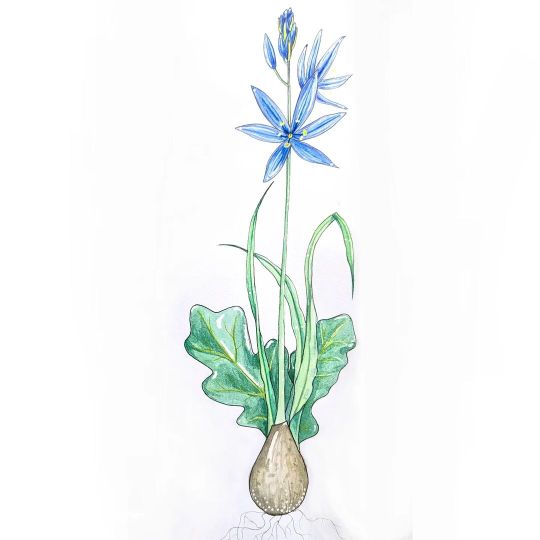
Camas and oak, old friends. Gouache and micron pen, 2021 . . . . . . #camas#camasflower#oak#oakleaves#camasandoak#mutualism#pnwnatives#nativeplants#pnw#pnwart#pdxart#pdxartist#gouache#micronpenart#gouachepainting#botanicalart#botanicalillustration#buartworks#edibleplants (at Portland, Oregon) https://www.instagram.com/p/CnfHw0Zvdnk/?igshid=NGJjMDIxMWI=
#camas#camasflower#oak#oakleaves#camasandoak#mutualism#pnwnatives#nativeplants#pnw#pnwart#pdxart#pdxartist#gouache#micronpenart#gouachepainting#botanicalart#botanicalillustration#buartworks#edibleplants
2 notes
·
View notes
Text
Fieldwork Finds: the dainty Beetle Orchid (Peristeranthus hillii) in recovering rainforests
🌸 Discover the dainty Beetle Orchid, a rare gem of Australia’s tropical rainforests! 🌿 Dive into the story on my blog! 📖✨ #Orchids #NatureBlog #PlantConservation
In 2019 while doing fieldwork with a group of directed research students in an old Acacia-dominated secondary forest within the Centre for Rainforest Studies property, we found a dainty little pendulous and epiphytic orchid in the understorey of the forest. I love the way the adventitious roots clasp the trunk of the host tree, and how the stem seems to stretch away from the host trunk as if to…

View On WordPress
#AustralianFlora#biodiversity#Botany#conservation#NativePlants#NatureBlog#orchids#PeristeranthusHillii#PlantEcology#SubtropicalForests#TropicalEcology#Wildflowers
0 notes
Link
#californiagarden#covercrop#droughtresistant#greenmulch#mexicansunflower#nativeplant#organicgarden#southwestgarden#sunflower#Tithonia#treemarigold#vegetablegarden#waterwise#zone9
0 notes
Text
The Importance of Residential and Commercial Landscaping: Enhancing Aesthetics, Functionality, and Sustainability

Landscaping plays a vital role in enhancing the appeal, functionality, and value of both residential and commercial properties. Whether it’s a home that serves as a personal sanctuary or a business space where first impressions matter, well-designed landscapes contribute to the environment and create spaces that inspire and connect people. Here, we’ll delve into the importance of landscaping, the various aspects it entails, and its transformative effects on both residential and commercial properties.
1. Boosting Aesthetic Appeal
Landscaping enhances the visual beauty of any property. Thoughtfully chosen plants, trees, and flowers can create a visually captivating space that attracts attention. For residential properties, curb appeal increases property value and fosters a welcoming atmosphere.
In commercial spaces, landscaping can set a professional tone, showcasing an organization’s commitment to creating a pleasant environment for employees and clients. A well-maintained landscape with manicured lawns, elegant pathways, and colorful gardens instantly elevates a business’s visual appeal, establishing it as a reputable, caring entity in the community.
2. Environmental Benefits: Sustainability and Biodiversity
Landscaping also brings significant environmental benefits, especially when designed with sustainability in mind. By incorporating native plants that require less water, fertilizers, and pesticides, both residential and commercial landscapes contribute to biodiversity. Native flora attracts local wildlife such as birds, butterflies, and beneficial insects, promoting a balanced ecosystem.
Moreover, strategic landscaping can mitigate erosion, reduce stormwater runoff, and filter pollutants, especially crucial for urban commercial properties. In cities, green spaces act as natural air filters, absorbing carbon dioxide and releasing oxygen. By integrating sustainable landscaping techniques, properties can lower their environmental footprint and support regional conservation efforts.
3. Enhancing Property Value
Residential landscapes can increase property values significantly, with studies showing that homes with well-designed landscaping have a price advantage of 5-20% over those without. The investment in landscaping, from basic lawn care to intricate garden designs, yields a high return on investment, especially when properties are put on the market. For commercial properties, an attractive landscape draws potential customers, clients, and tenants, thus boosting occupancy rates and business growth.
Businesses that invest in landscaping also benefit from positive perceptions among clients and the community. A well-maintained environment suggests professionalism, reliability, and care for detail, factors that contribute to client trust and long-term success.
4. Creating Functional Outdoor Spaces
Landscaping allows property owners to create functional outdoor spaces that extend the usable area of a property. Residential landscaping can transform backyards, patios, or terraces into inviting spaces for recreation, relaxation, and entertainment. Features like fire pits, seating areas, pergolas, and outdoor kitchens encourage homeowners to spend more time outdoors, promoting a balanced, healthy lifestyle.
For commercial properties, landscaped outdoor areas provide spaces for employee breaks, informal meetings, or corporate events. Amenities like benches, shade trees, and decorative water features enhance the outdoor experience, making it enjoyable and useful. Functional landscaping designs encourage interaction, provide places for rest, and foster a positive work environment that can enhance productivity and well-being.
5. Erosion Control and Soil Health
One of the most critical aspects of landscaping is its role in soil conservation and erosion control. For properties with slopes or uneven terrain, strategically planted shrubs, ground cover, and retaining walls help hold the soil in place, preventing erosion caused by wind and rain. Erosion control is crucial for maintaining the structural integrity of a landscape, preventing issues like landslides or water damage that can lead to costly repairs.
Healthy soil is the foundation of a thriving landscape, and landscaping professionals can improve soil quality by incorporating organic matter, aerating compacted soils, and implementing practices to retain soil moisture. For both residential and commercial properties, maintaining soil health ensures that landscapes remain vibrant and require fewer resources to sustain.
6. Temperature Control and Energy Savings
Landscaping plays a significant role in temperature regulation, which can reduce energy costs for both residential and commercial properties. Trees, shrubs, and grass absorb sunlight, lowering the ambient temperature around buildings and reducing the urban heat island effect in densely populated areas.
Properly placed trees provide shade during the summer, keeping buildings cooler and lessening the reliance on air conditioning. In winter, evergreen trees and shrubs can act as windbreaks, reducing heating costs by blocking cold winds. These temperature control benefits make landscaping a wise, cost-effective investment for property owners looking to enhance energy efficiency.
7. Psychological and Health Benefits
Landscaped environments have a profound effect on mental and physical health. Studies show that being around nature can reduce stress, boost mood, and enhance cognitive functioning. Residential landscaping provides homeowners with a serene retreat, while for commercial properties, it creates an inviting atmosphere that positively affects clients and employees.
For businesses, landscaped areas with green plants, flowers, and water features can foster a peaceful, stress-free environment. Employees who have access to outdoor spaces often report increased job satisfaction and reduced stress levels, which can, in turn, improve productivity and reduce absenteeism. Customers or clients visiting a well-landscaped commercial space are also likely to feel more relaxed and comfortable, contributing to a more positive experience.
8. Long-Term Savings on Maintenance and Upkeep
Investing in professional landscaping helps reduce long-term maintenance costs. Landscapers design with the property’s unique climate, soil, and water availability in mind, selecting plants that will thrive with minimal intervention. For both residential and commercial properties, this means lower water bills, reduced fertilizer and pesticide usage, and fewer resources spent on lawn care.
Implementing sustainable landscaping practices such as xeriscaping (landscaping to reduce or eliminate the need for irrigation) or using drought-resistant plants not only benefits the environment but also minimizes the time and money required to maintain the landscape. By choosing a low-maintenance design, property owners can enjoy a beautiful space without constant upkeep.
9. Erosion and Sediment Control for Environmental Protection
For commercial sites, especially those near construction or water bodies, landscaping also involves implementing erosion and sediment control measures. Installing silt fencing, erosion blankets, or retaining walls prevents soil runoff and protects nearby ecosystems from sediment contamination. This proactive approach helps commercial properties maintain compliance with environmental regulations and contribute to the preservation of local natural resources.
Conclusion: A Lasting Investment for Beauty, Functionality, and Sustainability
Landscaping for residential and commercial properties is much more than just an aesthetic endeavor. It encompasses a range of services and techniques aimed at enhancing visual appeal, functionality, and sustainability. By investing in professional landscaping, property owners can create spaces that add long-term value, support environmental conservation, and foster a sense of well-being for residents, employees, and clients alike.
From erosion control and native planting to creating functional outdoor areas, landscaping is an investment that pays dividends in both financial and non-financial ways. For those seeking to improve their property, professional landscaping is a meaningful step towards creating a beautiful, sustainable, and functional environment.
#Landscaping#LandscapeDesign#ResidentialLandscaping#CommercialLandscaping#GreenSpaces#PropertyValue#EcoFriendlyLandscaping#SustainableDesign#OutdoorLiving#ErosionControl#EnvironmentalBenefits#SoilHealth#Biodiversity#CurbAppeal#FunctionalSpaces#EnergyEfficiency#MentalWellbeing#HealthyLandscapes#NativePlants#NatureSpaces
1 note
·
View note
Link
Alabama’s Garden Intruders: Plants to Keep at Bay
0 notes
Text
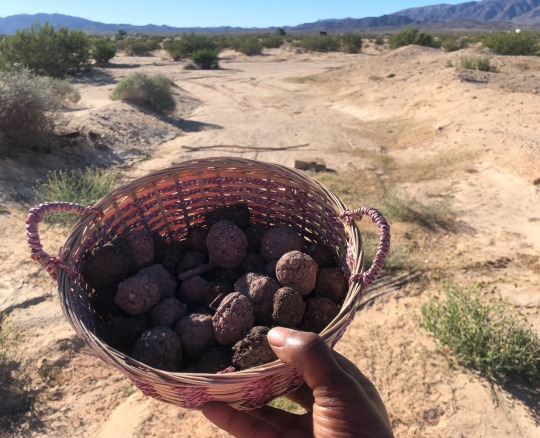
I’d like to thank everyone who participated in donating to the native seed fund and helped make seed balls for the desert restoration project at the RA Ranch.
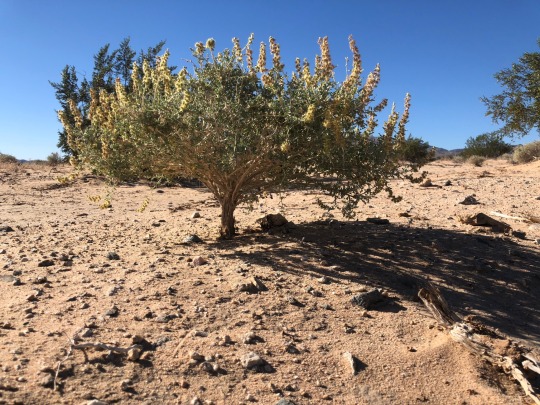
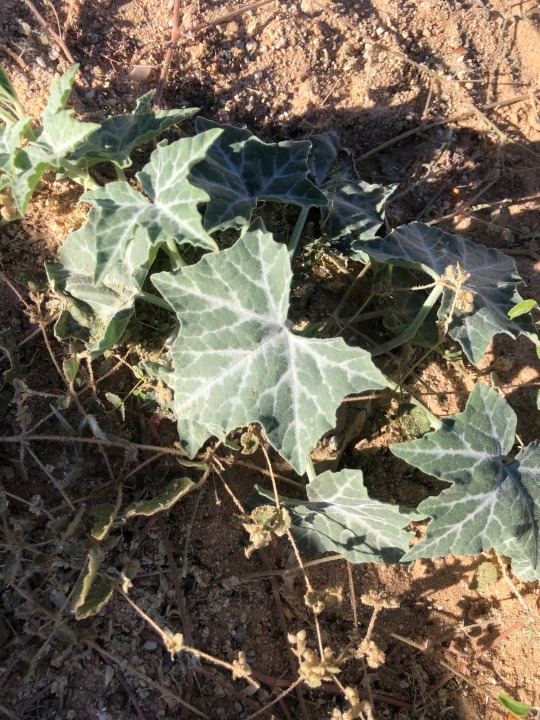
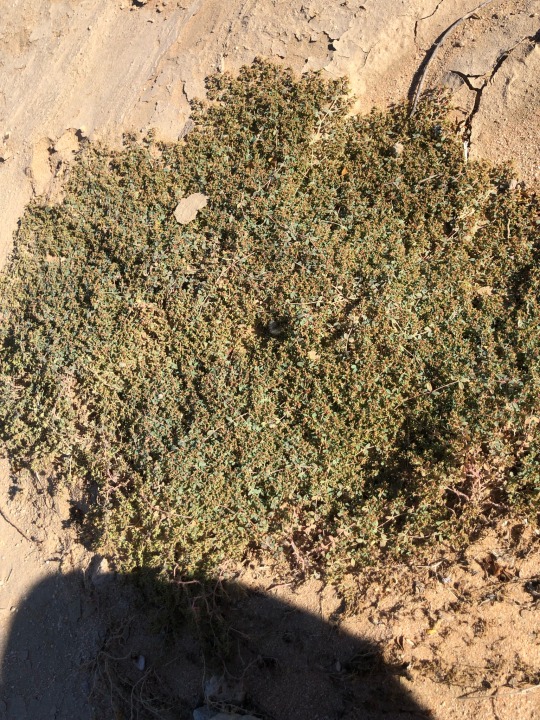
41 notes
·
View notes
Text

Afternoon sunshine in the meadow.
Dandelions (taraxacum oficinale), Creeping Charlie (Glechoma hederacea), and field grasses.
#golemarmada#sculpture#photography#clay#rock#stone#green#golem#pilgrim#meadow#grass#dandelion#flower#wildflower#farm#purple#field#leaf#nativeplants
1 note
·
View note
Text

A NOAA flyer with tips for salmon-friendly gardening. Recommendations include amending soil with mulch and compost, planting native plants, water conservation, and limiting use of pesticides or herbicides.
"No matter the size of your greenspace, you can adopt salmon-friendly West Coast Region gardening practices."
Citation:
Seeds for Salmon : Gardening to Improve Salmon Habitat. U.S. Department of Commerce, National Oceanic and Atmospheric Administration, NOAA Fisheries, West Coast Region, 2023.
Available on HathiTrust.
#govpubs#2020s#2023#salmon#soil#gardening#nativeplants#environment#fisheries#NOAA#NOAAfisheries#AvaHays
0 notes